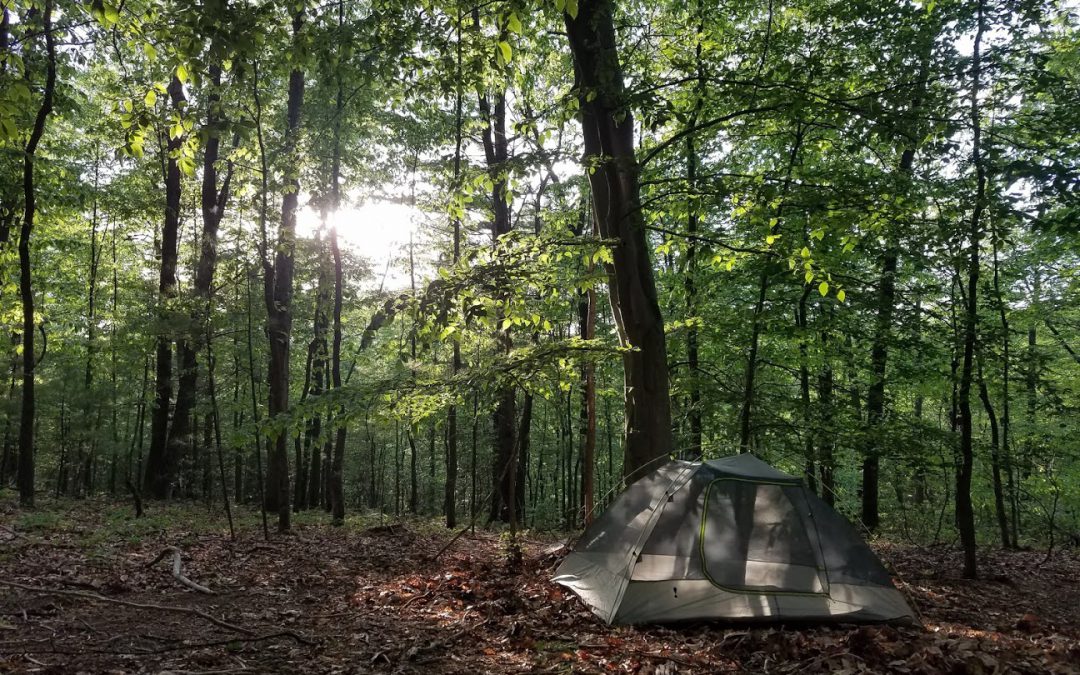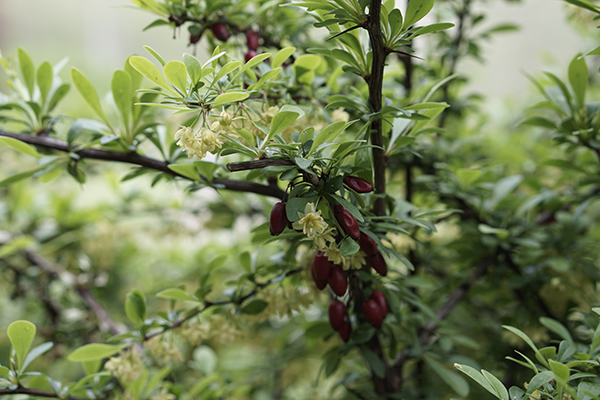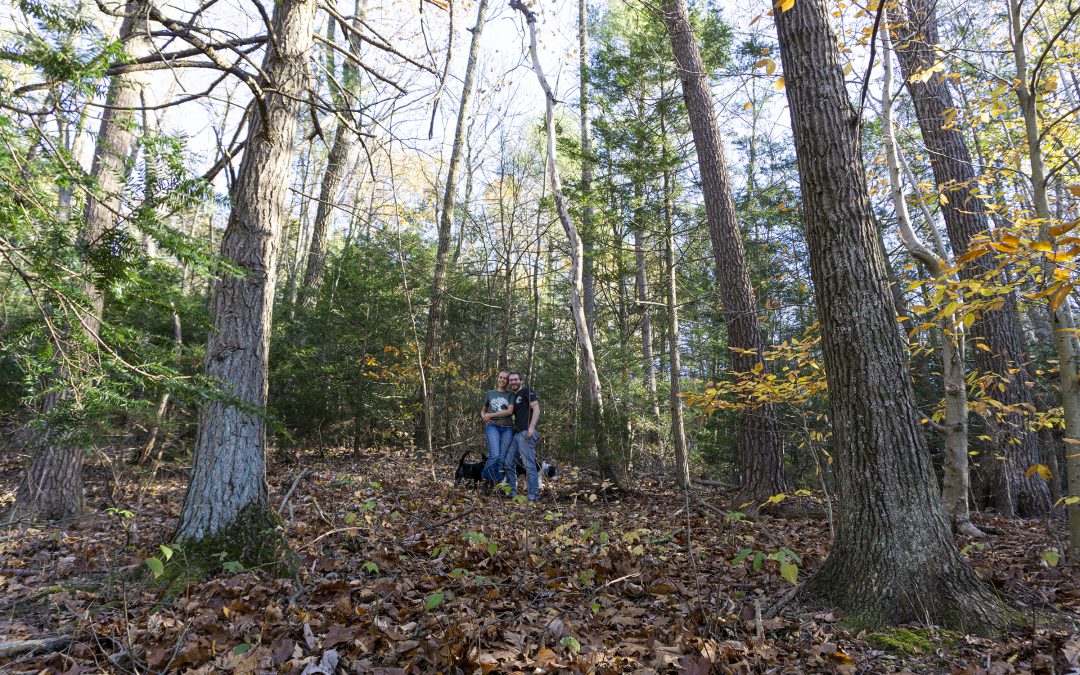
by William | Aug 18, 2021 | Net Zero
Dear Readers,
WARNING. This blog contains a lot of math in it. What’s worse is it is bad math. Unchecked math. Math that is most probably all wrong. Math done by me, Shelby.
So, if you are math-savvy and have the potential to be utterly offended by the numbers I am just chucking out there…then I need your help. Well, more importantly, if you are a math master who can also speak to plants and convince them to drink as much greywater as possible…then I really need your help.
I am also reaching out to our local 4H/Penn State Agricultural extension and plant-knowledgeable friends. Therefore the pressure is not all on you. But any extra help is always appreciated. Especially if you really can speak to plants…
And! Without further ado…Welcome. To Bad Math.

by William | Jun 2, 2021 | Small Footprint
Dear Readers,
William and I both grew up in homes surrounded by forest. We are well acquainted with the darkness that descends come nightfall. We are familiar with nightly noises~ owls, foxes, coyotes. William even spent his childhood as a boy scout, and the concept of sleeping outside in the middle of the woods is certainly not foreign to him.
However.
The first night William and I camped on our property in the Land of the Laurels brought our predator and prey instincts to a very different level.
We were the intruders. Just the two of us. Him. And me. And our four feet, two voices, and very presence, was of much curiosity to the land we occupied for the night.
We decided to place our tent directly under the giant American Beech tree. Its wide, sun hungry branches provided a decent cover. Plus, it is just a beautiful tree. But the ants…the ants were very interested in us and our tent. And it didn’t matter whether we put our tent under the Beech tree, or under the Chestnut Oak…the ants were everywhere. I’ve decided that our property may very well be just one giant ant hill.

by William | May 5, 2021 | Healthy Living
Dear Readers,
What started as a rather appealing shrubbery in the late 1800’s, is now recognized as a Lyme harboring, nitrogen inducing, overall native tree and plant murderer.
Extreme, dramatic wording? Maybe. But still accurate? From what I can find, and see…yes.
The Japanese Barberry was first introduced to the United States as an ornamental plant in 1857. And it looks like this…
They can now be found from Maine to North Carolina. This one is in Pennsylvania, and as you can see, they have the potential to get huge…
While pretty with their winding tendrils and red oval-shaped berries…their danger lies in their vast greediness. Because of their overwhelming volume, they will literally suppress and smother native competing plants and little trees.
Japanese Barberry also have the ability to change the pH of the soil. Their leaves…their leaf litter…breaks down quickly in the soil and raises the level of nitrogen. The change in soil further eliminates native plants…so, not only does the Japanese Barberry smother…it poisons!!
And if smothering and poisoning native plants isn’t bad enough, Japanese Barberry also harbors and helps propagate the spread of Lyme disease. Beneath their voluminous tendrils, they create their own micro-climates by “…buffering extreme temperature and humidity fluctuations…” Which ticks love. And Lyme disease sure does love ticks. Research done by the University of Connecticut found that areas where Japanese Barberry bushes grew rampant had 120 Lyme infected ticks per acre. In comparison, areas where there were no Japanese Barberry had only 10 Lyme infected ticks per acre.

by William | Nov 18, 2020 | Healthy Living, Net Zero, Small Footprint
Dear Readers,
As an architect that desires to design healthy and beautiful spaces for people and their environment, the Living Building Challenge that we have recently come across is truly an exciting idea. As I’m sure you’ve guessed from reading the basics of the challenge, Shelby and I would undoubtedly like to strive for the certification with our own home. To help myself understand the mandatory Imperatives of the 7 Petals, I thought it best to write these blogs as I research.
In order to be Living Building certified, The Seed must meet the seven petals put forth by the International Living Future Institute. The seven petals are: Place, Water, Energy, Health and Happiness, Materials, Equity, and Beauty. Each petal is made up of a number of Imperatives. Because the petals and their imperatives deserve decent explanations, and because we have many thoughts, questions, and challenges that go along with each of them, each petal will be its own blog. So, beginning with the Petal of Place…




